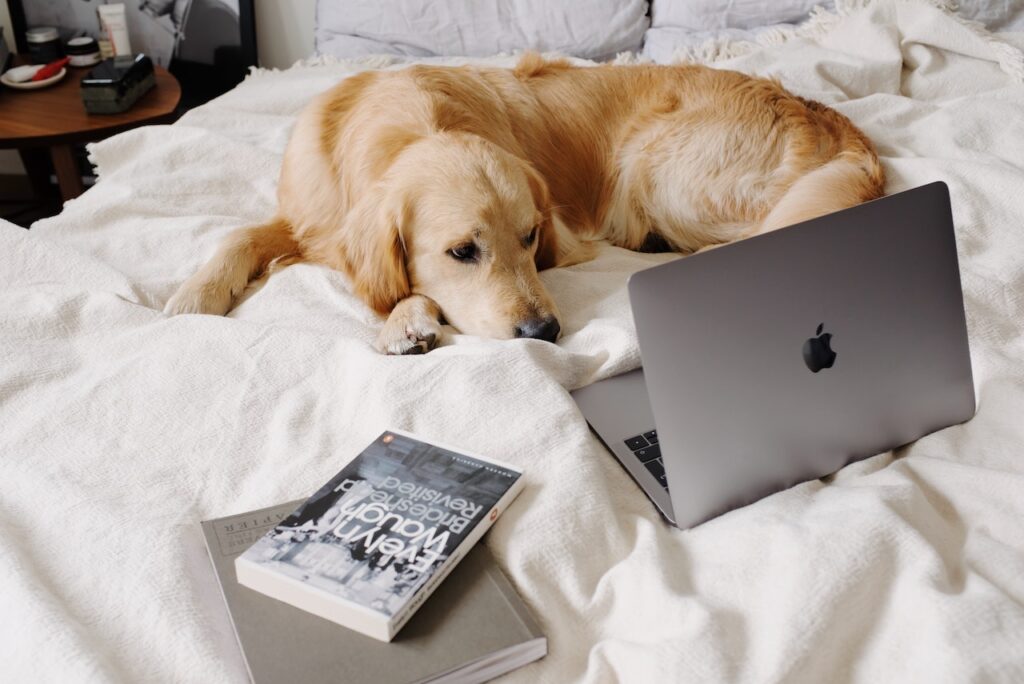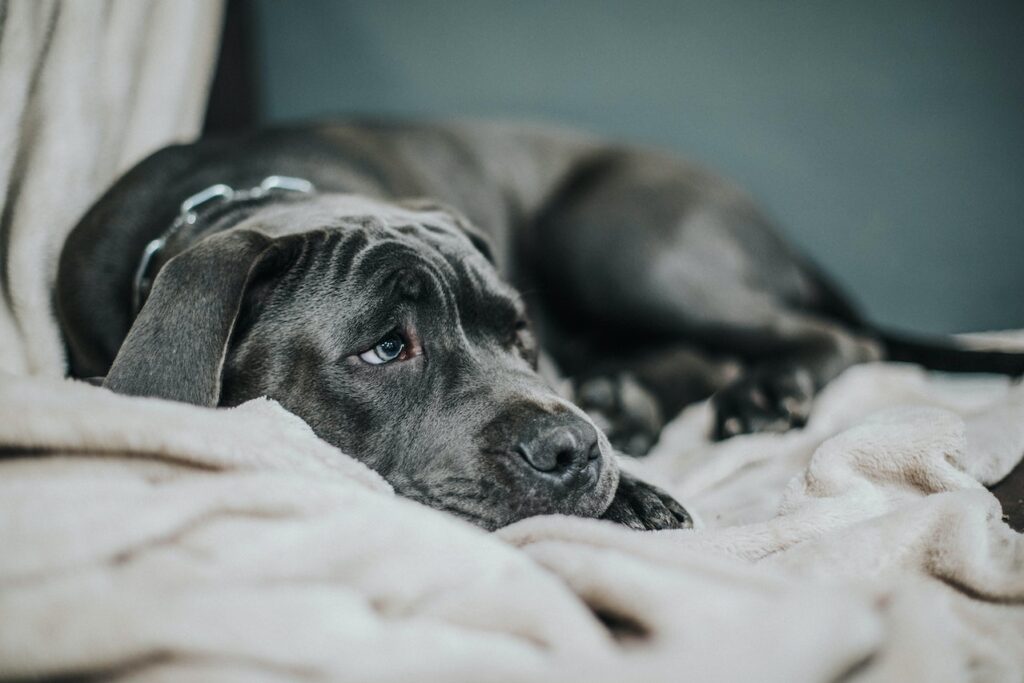Play Pens and dog daycares are the first thoughts that come into mind when planning to travel or leave the house for a few hours. We try keeping the pen comfortable for the dog to enjoy before we’re back or even pay for pet sitter services. However, we rarely focus on dogs’ feelings and how they will cope when we are gone.
Most dogs sink into a depression-like state that is quite stressful and drains their emotions. The situation is referred to as separation anxiety and can be overwhelming to different dogs regardless of the separation period.
Proper Ways to Handle Separation Anxiety in Dog
Many dog owners wonder how their dogs present separation anxiety and they are only gone for hours or a day. However, the impact isn’t established in short-term separations. It’s a gradual development that occurs due to a new daily routine or permanent separation.
For example, if you’re attached to your dog and spend more time with them. Suddenly, you start leaving for work early and coming late. The new schedule can or will definitely have a psychological effect on your pet. Long-term separations where the owner or best buddy travels to new lands may be devastating to the dog. It isn’t easy explaining, but it’s best to prepare the dog for goodbyes.
Contents
What causes separation behaviours?
Separations behaviors are like inborn feelings that require few triggers to show. Every dog is always nervous when they see the owner dressing up to leave. They are also happy, and when you’re back, getting back the sense of security. Some will sleep near the door or window, waiting until your back.
Others may express their behavior by chewing shoes, couch, frequent urination, or becoming restless. Dogs confined in pet pens may intentionally mess the pen (potty in wrong area, chew their bowl or tire the toys) to express their feelings. The mixed feelings are normal, but they may lead to separation anxiety if extended.

Separation Anxiety
This is a psychological stress that occurs when a dog who is attached to its owner is left alone. The dog presents more amplified behaviors compared to the usual whining, scratching the door or expressions. If not handled fast
The anxiety is mainly present in dogs who are highly dependent on or totally attached to their owners. The dog is overly anxious when left alone and overjoyed when reunited. Most pets have separation anxiety due to a lack of proper socialization and mental stimulation. It’s advisable to train your dogs to have alone time. This should start from the puppy stage, where they can play with toys, watch their favorite channel, or roam around the house without your presence.
This prepares the dogs for regular separation or the value of alone time. Attached dogs may take longer to learn the socialization skill where they can play with other pets or stay at a neighbor or daycare for some time. However, one can review the behaviors and gradually train the pet in different ways.
6 Causes of separation behaviors
- A change in family routine: going to work, school.
- Suppose it’s the first time the dog is left alone.
- Dogs leaving a shelter home to a private home
- Losing a close family member.
- Getting a new owner.
- Traumatic experience.
13 Signs of Separation Anxiety in dogs
Whether mild or severe, dogs suffering from SA tend to present similar symptoms such as:
- Excessive whining, howling, barking.
- Soiling the house or indoor accidents.
- Door and window scratching.
- Waiting at the door
- Chewing owner’s items like shoes, couch, and blankets.
- Digging holes.
- The dog pants or paces even after a few movements.
- Excess Salivation
- Anxious and try to escape.
- Tail between the legs.
- Fear and lip licking.
- Pinning the ears backwards
- Raising their paws

Unless the situation goes out of hand, pet owners can handle the problem and prevent it from ever happening again. However, one can incorporate professional or medical help in extreme cases.
1. Identify the cause
Ø triggers
The general cause of SA is loneliness; however, there are major triggers that arouse anxiety. The triggers only happen when the dog is alone, making them feel left. To analyze the triggers, one can set up secret cameras. Check for environmental causes such as sounds (people walking near the house), windows, cars etc.
If any triggers occur on the footage, ensure to solve them immediately. You can close the windows or curtains before leaving, train your dog about different sounds through socialization walking in busy streets. However, the dog should also learn normal sounds and danger-related triggers to raise an alarm.
Ø Boredom
Lack of proper stimulation can cause Separation anxiety. Ensure to instil mental and physical stimulations to keep the dog happy. The dog may express or direct its energy and frustration to destructive actions such as chewing.
Ø Fear
Like humans, pets tend to remember past experiences. If the pet ever had a negative experience, it will probably hate staying alone. The dog will portray multiple separation anxiety behaviors such as barking, whining, or soiling.
2. Training (short and long-term training)
Training starts by learning different timeframes and understand how long your dog can stay alone. To estimate the time, leave your dog alone in a room or play area and set the timer. During the session, set a camera to observe the stress behaviors. Record the triggers, behaviors and time before opening or going back to a regular routine.
After establishing the duration when they are okay with staying alone, make it a routine. Minimize the triggers and provide play toys or favorite meals. However, don’t punish the dog when an anxiety behaviour occurs but get the cause.

4 Things to do for successful training
Ø Socialization and exercise
Train your dog to live with other pets and do various exercises for successful results. You can have long walks, visit pet daycare, or involve a pet sitter. The activities help reduce their energy, reducing the need to destroy anything when frustrated.
Ø Provide a special toy.
Toys keep the dog busy by chewing or playing; it’s advisable to notice your dog’s favorite toy and place it on sight whenever you’re leaving.
Ø Potty/toilet train
Before leaving the house, let your dog exercise and potty. Also, train the dog about their toilet area to avoid accidents.
Ø Work within the routine time.
Once you start leaving the dog, don’t stay out beyond the established alone time.Suppose they can last for three hours, don’t add more hours to avoid triggers.
Ø Provide the best snack or food.
Ensure to feed the dog or provide their favorite snacks and water. Don’t leave for long durations where the pet will get hungry and cause mayhem.
Ø Leave quietly
It’s advisable to leave the house without much drama. Always make a usual scene say your goodbye, and give assurance of returning. However, making lots of movement, sounding emotional and being fussy will instil a point of concern in the dog.
3. Work on the dog’s confidence.
To build confidence, reward your dog for every alone time. This will boost their confidence and encourage them to stay longer. Let them understand you are happy when they are relaxed and behave during alone time. Teach tricks such as sit, stand, and paw; reward them with a favorite item or snack once they conduct them without issues.
4. Train on settling and independence.
For anxious dogs, living independently or settling for extended periods is challenging.One can build the behavior by placing food toys near you. Repeat the process for several days or weeks and move the toy to a different position away from you. This helps keep the dog engaged with toys and other activities without getting concerned about your presence.
Conclusion
There are different training methods and tricks based on preference and the dog’s SA levels. Some may require medical intervention or pet sitter services. However, the anxiety issue is preventable and can be addressed through simple daily practice.
![Separation Anxiety in Dogs [Causes, Signs and Ways to Handle]](https://oxfordpets.com/wp-content/uploads/2023/03/Separation-Anxiety-in-Dogs-4.jpg)